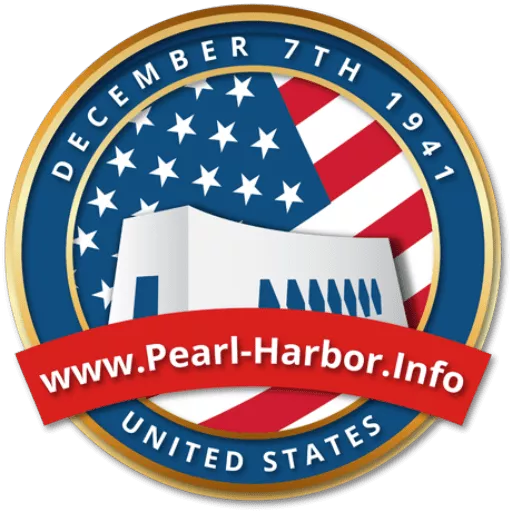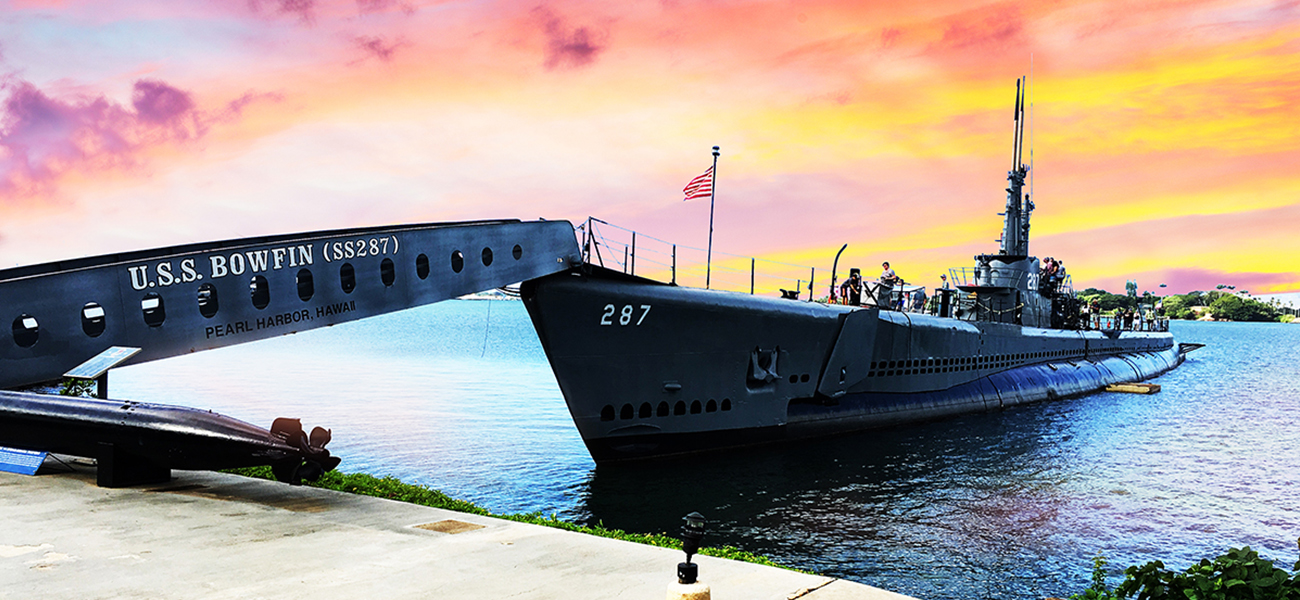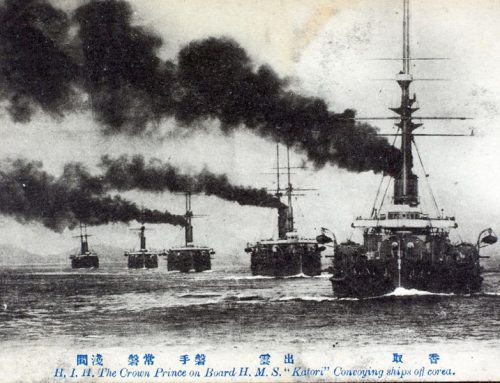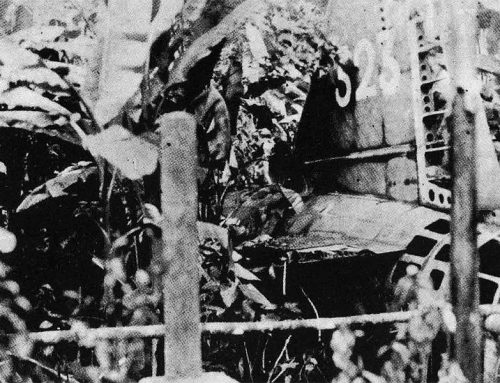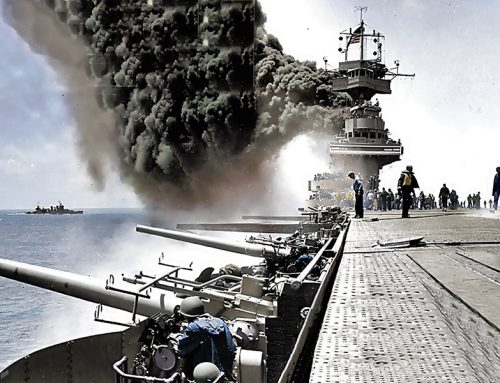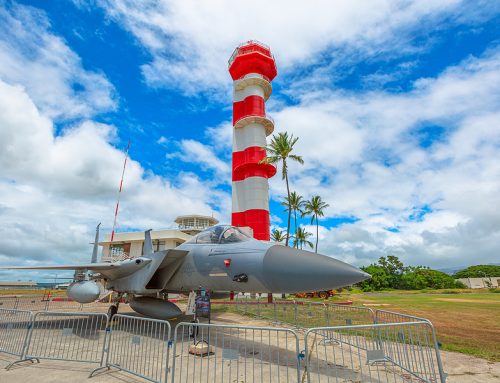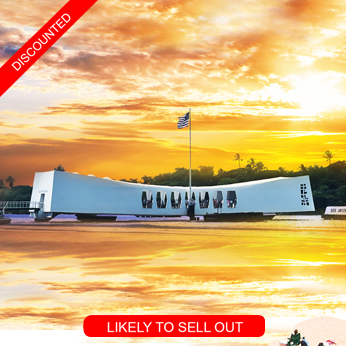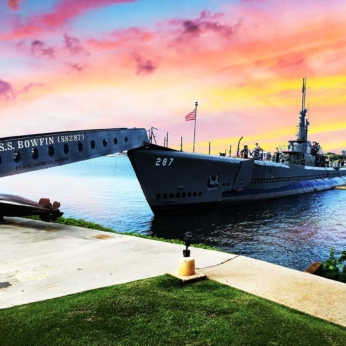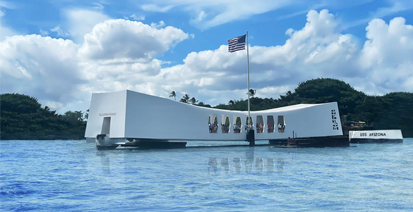USS Bowfin Submarine: A Living Legend in Pearl Harbor
The USS Bowfin submarine, is a Balao-class submarine, that is currently a museum ship next to the Pearl Harbor Visitor Center, is often referred as the “Pearl Harbor Avenger” that once carried a lethal payload of torpedoes. It is an enduring symbol of courage, sacrifice, and the indomitable spirit of American submariners during World War II. Located in Pearl Harbor, Hawaii, this legendary vessel is not just a static museum piece; it’s a time machine that transports visitors back to a pivotal period in history, allowing them to explore the inner workings of a World War II submarine. In this blog post, we’ll take an in-depth look at the Bowfin Submarine, its remarkable history, its significance, and why it remains a must-visit attraction.
Stepping into History: The USS Bowfin’s Origins and its specs
The USS Bowfin (SS-287) was launched on December 7, 1942, exactly one year after the devastating attack on Pearl Harbor that brought the United States into World War II. This date is not a coincidence; it was a clear message that the United States was determined to rebuild and respond to the aggression it had suffered. The Bowfin was constructed in the Portsmouth Naval Shipyard in Kittery, Maine, and it swiftly became a symbol of resilience, rebirth, and vengeance.
The USS Bowfin Submarine, SS-287, is a Balao-class submarine that served in the United States Navy during World War II. Here are some of its specifications:
- Displacement: 1,526 tons (surface) and 2,415 tons (submerged).
The displacement of a submarine, whether on the surface or submerged, influences its stability, payload capacity, endurance, survivability, and ability to maintain stealth. For the USS Bowfin, its displacement specifications were essential in ensuring it could effectively carry out its World War II missions with the necessary weaponry, range, and operational capabilities. - Length: 311 feet, 8 inches.
- Beam: 27 feet, 3 inches.
- The “beam” of a ship or submarine refers to its width or the distance between its sides at the widest point
- Draft: 16 feet, 10 inches.
Draft refers to the vertical distance between the waterline and the deepest point of the submarine’s hull, indicating how much of the submarine is submerged in the water when it is afloat. - Maximum Speed: Approximately 20.25 knots (surfaced) and 8.75 knots (submerged).
- Range: About 11,000 nautical miles at 10 knots (surfaced).
This range represents the distance the submarine could travel on a single fuel supply at that speed. - Complement: Approximately 80-85 officers and enlisted crew members.
- Armament: The USS Bowfin was equipped with ten 21-inch torpedo tubes and carried 24 torpedoes. It also had a 4-inch deck gun for surface engagements.
- Commissioned: The USS Bowfin was commissioned on May 1, 1943, and served during World War II, participating in various patrols and combat operations in the Pacific.
These specifications provide an overview of the USS Bowfin’s physical attributes and capabilities as a submarine during its wartime service. It’s worth noting that the USS Bowfin is now preserved as a museum ship and can be visited at the Pearl Harbor National Memorial in Hawaii, where it offers an immersive look into its history and the life of submariners during World War II.
The War Patrols: A Legacy of Valor
The USS Bowfin submarine was more than just a symbol; it was a formidable weapon of war. During its service in the Pacific Theater, the Bowfin completed an astounding nine war patrols. The crew of this submarine engaged in relentless and daring missions, often operating in perilous conditions deep beneath the ocean’s surface. Their primary objective: to seek and destroy enemy vessels, a mission they executed with relentless precision.
The Bowfin’s tally of destruction speaks volumes about the tenacity and bravery of its crew. Over the course of its war patrols, the USS Bowfin claimed the sinking of 34 enemy vessels, making it one of the most successful submarines in the U.S. Navy’s history. These victories significantly contributed to the overall success of the Allied forces in the Pacific, but they came at a tremendous cost.
Inside the USS Bowfin: A Glimpse into Submarine Life
Visiting the USS Bowfin Submarine Museum is a journey back in time, allowing you to experience the life of a submariner during World War II. As you step aboard, the sense of history is palpable. The narrow passageways, the cramped crew quarters, and the intricate machinery all serve as reminders of the sacrifices made by those who served. The guided tour takes you through various compartments, each revealing a different aspect of submarine life.
- The Forward Torpedo Room: This is where the Bowfin carried its deadly torpedoes, the primary weapons used to sink enemy vessels. The torpedoes were loaded and launched from this room, a process that required precision and nerves of steel.
- The Crew’s Quarters: Visitors can see where the submariners lived, ate, and slept. The conditions were incredibly tight, emphasizing the camaraderie and trust among the crew members.
- The Control Room: The heart of the submarine, this is where the commanding officer and his team managed the Bowfin’s movements and weaponry. The dials, gauges, and periscopes offer insight into the advanced technology of the time.
The atmosphere inside the USS Bowfin is one of solemn respect for the challenges and dangers faced by the submariners who operated in these cramped quarters, often for extended periods.
The Bowfin Museum and Park: A Complementary Experience
Adjacent to the USS Bowfin Submarine is the Pacific Fleet Submarine Museum, a treasure trove of historical information and artifacts. This museum complements the submarine experience by providing visitors with a broader context of the submarine’s history and its role in World War II. The exhibits include photographs, personal stories, and artifacts that offer a comprehensive understanding of the Bowfin’s significance in the larger narrative of the war.
A Living Memorial: Paying Tribute to Veterans
Beyond its role as an educational attraction, the USS Bowfin serves as a living memorial to the veterans who served during World War II. It’s a place to honor those who fought and, in many cases, made the ultimate sacrifice for their country. The submarine stands as a testament to their valor, reminding us of the extraordinary individuals who faced unimaginable challenges during wartime.
Part of a Bigger Picture: The Pearl Harbor Experience
Visiting the USS Bowfin is just one piece of the rich historical tapestry that is Pearl Harbor. The site offers a comprehensive experience that includes not only the USS Bowfin Submarine but also other significant attractions, such as the USS Arizona Memorial, the Battleship Missouri Memorial, and the Pearl Harbor Aviation Museum. The Pearl harbor Visitor Center serves as the entry point for most visitors and provides essential information and context for your visit to these historic sites. Together, these sites form a mosaic of history, allowing visitors to immerse themselves in the events that transpired on that fateful day in December 1941 and in the war that followed.
Most Popular Oahu Tours
Best Pearl Harbor Tours – NOW ON SALE
The following tours are recognized as the most popular Pearl Harbor Tours on Oahu. While generally, our price is the lowest in the market now, for a limited time, they are on sale too. Please be advised that Pearl Harbor tickets and USS Arizona Memorial tickets are included in all of our Arizona Memorial Tours, Pearl Harbor small group tours, and private Pearl Harbor tours.
